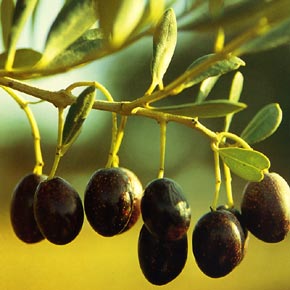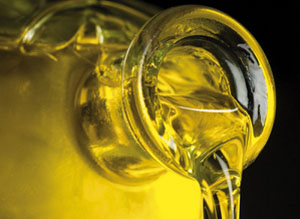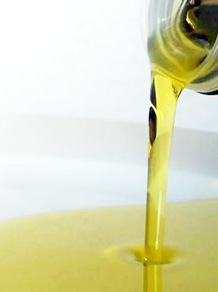

Spanish gastronomy would not be the same without olive oil. The Spanish olive oil tradition is over 3,000 years old. First it was produced mainly in Andalusia, though it soon spread throughout Spain. Most of Spain's dry weather conditions are perfect for olive cultivation. In fact, if you were to tour the countryside, you will notice olive trees in most of the country, but especially in the South. Most of the olives picked are destined to the production of oil.
During the Moorish era in Andalusia, especially in Granada, the culture and extraction techniques used in olice oil were greatly improved, as well as distribution and expansion of olive farms. However the bulk of the production, until today, remains in Spain's most southern region, especially in Jaen, Cordoba and Seville. In fact Cordoba's name actually means oil mill!

Until not so long ago the production of Spanish olive oil was still quite rustic, using, arabic mills that functioned through animal traction. For the extraction itself they would use beam presses, shaken by hand. The oil then was turbid and acid. But in the second half of the 19th century, the French brought advanced techniques and the oils became clear!
Spanish olive oil has always been renowned because of its rich taste but also due to its quality-price relation and Spain is the biggest producer in the world.
But olive oil is not only used to make Spanish food! If you go to Spain for a season, you'll realize that olive oil is in fact as important as bread for some cultures, in fact, it's typical to soak a piece of fresh baked bread and either dip it or soak it in oil!
There are several types of olive oil which can be found in Spain. Most of it is clear with a golden color, but some connoisseurs prefer oils that are murky and have a yellowy-greenish color. For taste, there is nothing written and the variety of Spanish olive oil is enormous!. It's hard to recommend olive from one particular region, since it's produced in many and most are acclaimed. If you're an olive oil lover we recommend you to travel directly to the source and try as many different oils in olive oil tastings as you like and choose your own favorite.
There are several types of Olive oil, which differ in quality. These different classifications of olive oil can be found below:

Most families cook with Spanish olive oil instead of other vegetable oils and it is believed that this is a much healthier oil for people to consume. For some the taste may be a little strong at first, but after a while you get used to it and most people can never go back! Salads are also dressed with olive oil, normally of a better quality than the one used for cooking. Delicious and healthy!